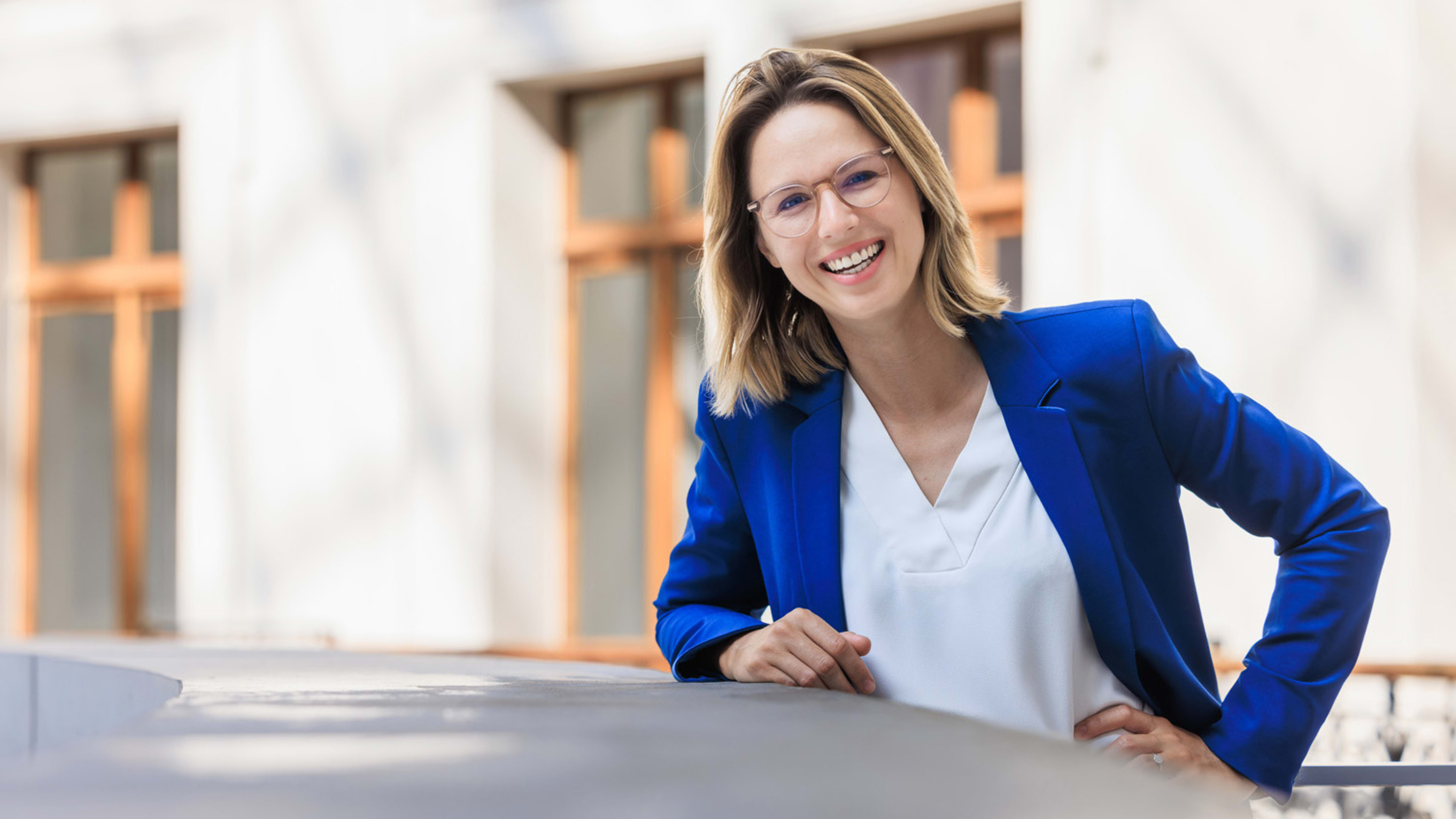On a recent weekday in Southern France, a pilot flew a small electric plane powered by hydrogen fuel cells. It was the first test flight for Beyond Aero, a French startup working to decarbonize private planes. The company announced today that it has raised $24 million to date, with a seed round led by Initialized. We talked to Eloa Guillotin, the 27-year-old CEO and cofounder of the company, about her work and the startup’s plans to begin selling its planes before the end of the decade.
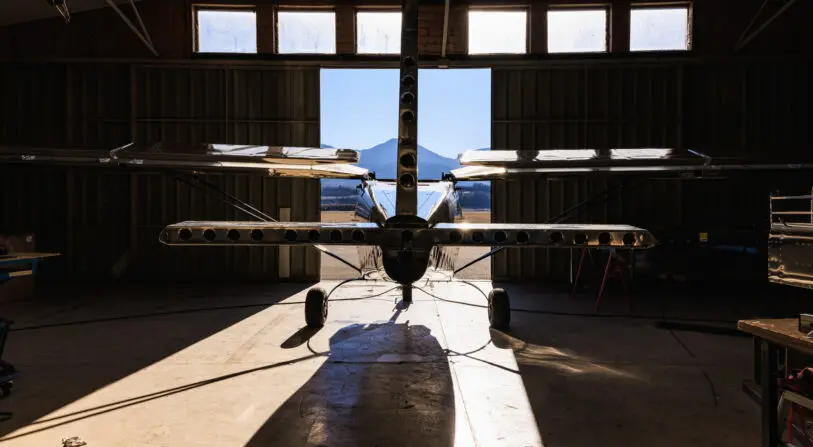
What led you to launch an electric aviation startup and focus on the carbon footprint of flying?
I was born and raised in a small village in the west of France and there was nothing to do except look at the stars, so I wanted to become an astronaut from day one. I studied aerospace engineering. I love the aviation industry, but as you know, unfortunately, it’s not going in the right direction. When we started the company, we had this realization that aviation will be electric one day. The question was when, and with which technology. Then we started the market study and prototyping.

Your first product is a private plane. Why did you go in that direction?
We took six months to really ask ourselves our definition of success—what do we want, what is the project we want to build, what the market needs. After six months, when we looked back at more than 100 interviews with different types of clients, we understood that it made sense to start with a private aircraft, because that’s where [there’s demand] for electric aircraft. And because [current private planes] produce more than two tons of CO2 per hour per flight.
The design of the new plane uses hydrogen fuel cells to power an electric engine, with lithium batteries to help with takeoff. What’s the advantage of using hydrogen?
The hydrogen powertrain means that we have a longer range while still being electric. Our aircraft [can go] 1,000 miles, or about five time more than a private jet with batteries.
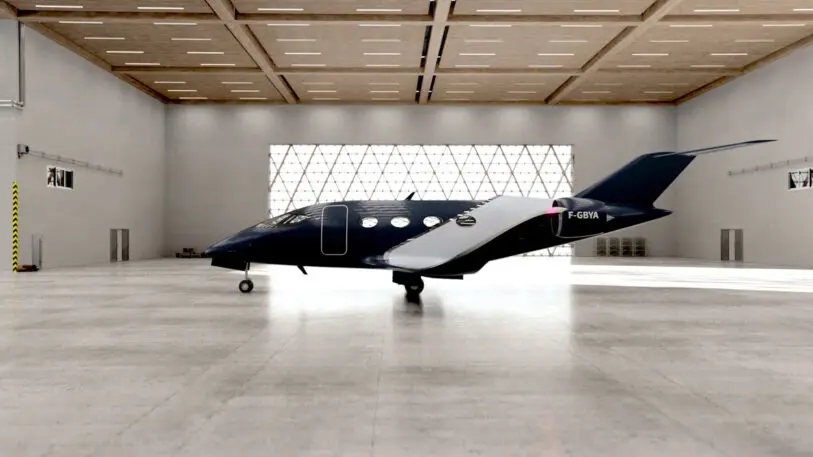
You’re using off-the-shelf parts like batteries, fuel cells, and the electric engine. How did your team redesign the plane itself?
I don’t know if you’ve seen a hydrogen tank, but it’s massive. It’s a lot of weight. You can’t put it on the wings today. So you need to rethink, okay, where do I put the tanks? The fuel cells emit a lot of heat, so how do I cool down the fuel cells? You need to have an air intake system. If you do a retrofit, you’re going to lose most of the range and most of the cabin. I can’t go into much detail because of pending patents, but we put the tanks below the cabin in a non-pressurized area. They also balance the aircraft, because if you put them behind or above, the aircraft is going to be unbalanced.
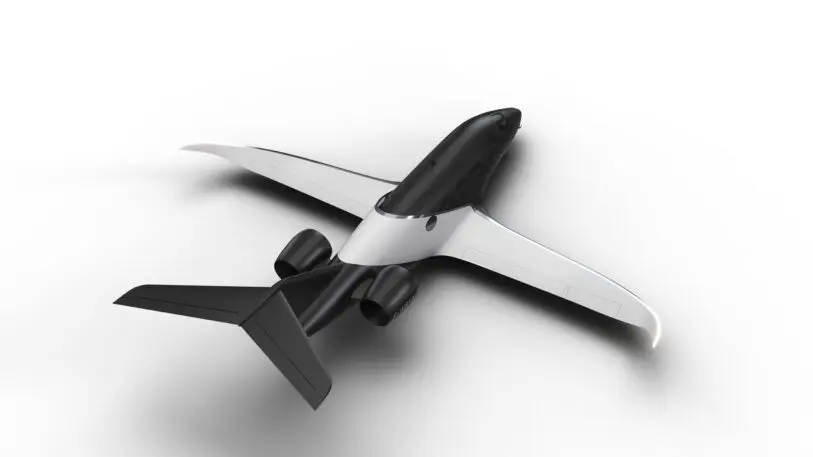
How will the experience of flying on this plane be different?
It’s going to be quiet since it’s electric. The question is how much and how we can amplify that experience. It’s also not as fast as a [non-electric] engine. So you can have this peaceful feeling that we’re developing within the whole experience. It only emits water. So you have this calm, beautiful experience that should feel more organic and should be more about yourself than just flying fast to go somewhere.
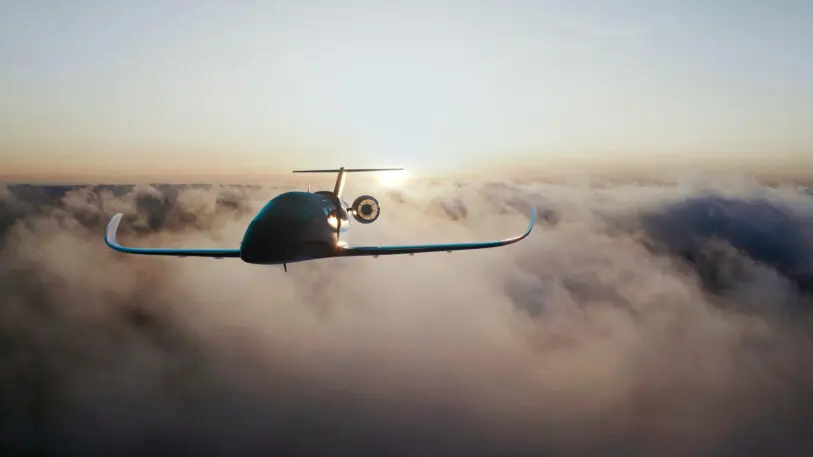
In a flight test in late February, you showed that the powertrain works. Your goal is to come to market before the end of the decade. What are the next steps?
The next step is the development of the program of the aircraft. That means simulation and a digital twin, and then testing, and certification. The certification process doesn’t exist, so we’re co-building that with [certification agencies].
You plan to eventually expand into other types of aircraft, not just private planes. Other companies are also working on solutions. How quickly do you think the industry can decarbonize?
Never fast enough. I believe it’s going to happen, but not fast enough. If you look at the Paris agreement and what we need to act on today, we’re late. But I’m an eternal optimist. We just flew a prototype, as you saw. The technology exists. It can be done.
Recognize your brand’s excellence by applying to this year’s Brands That Matter Awards before the early-rate deadline, May 3.
